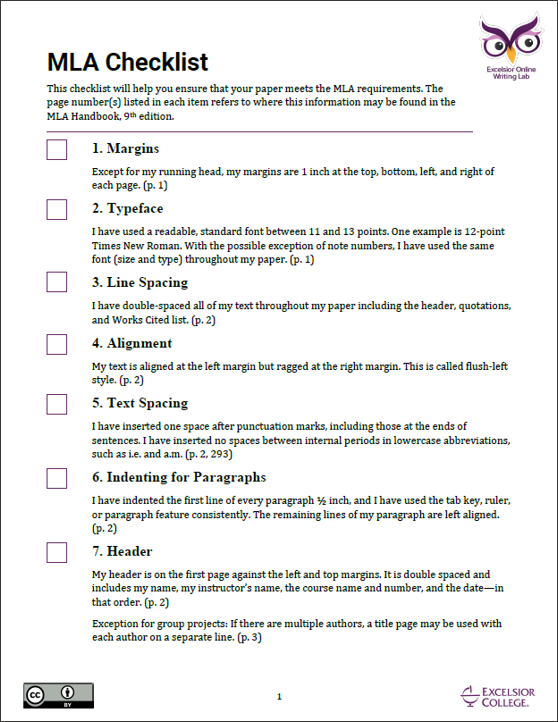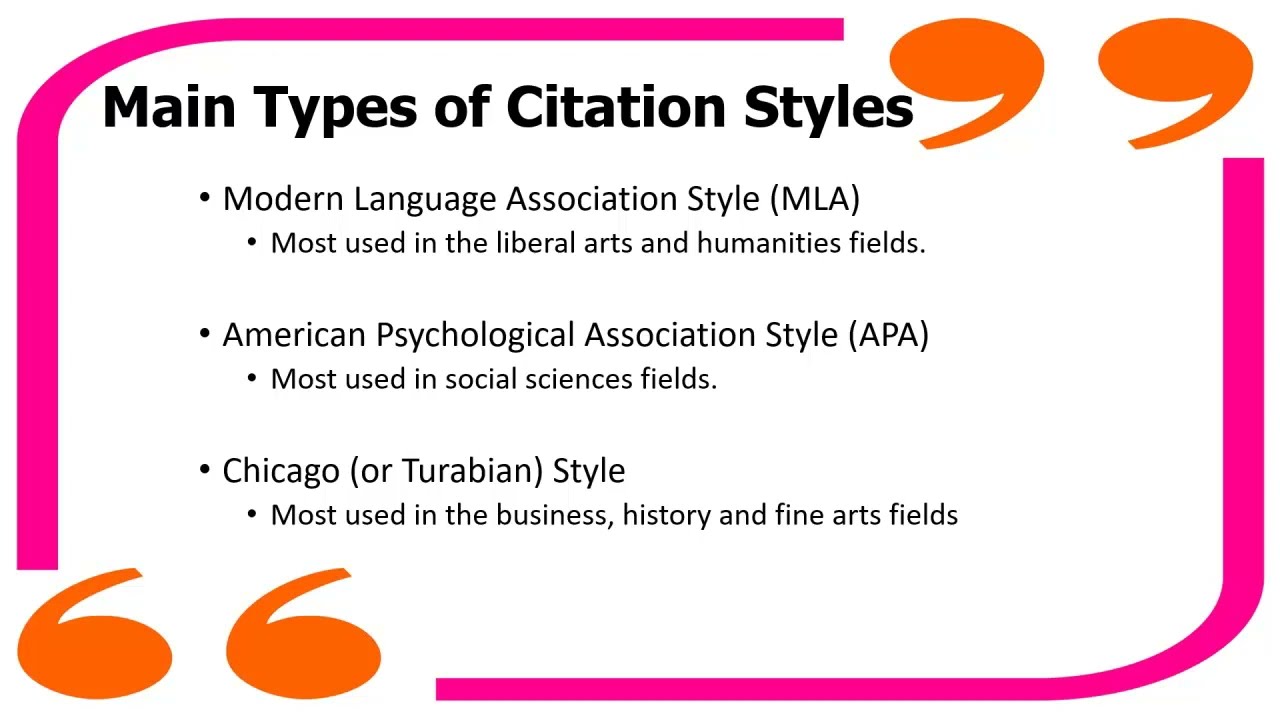What Is Mla 9 Formatting? Easy Guide

MLA 9 formatting is the ninth edition of the Modern Language Association's guidelines for formatting and citing research papers. The MLA format is widely used in the humanities, such as literature, language, and cultural studies. It provides a set of rules for formatting margins, font, line spacing, and indentation, as well as guidelines for citing sources and creating a bibliography.
History of MLA Formatting

The Modern Language Association (MLA) first published its formatting guidelines in 1951. Since then, the MLA has released several updates, with the most recent being the ninth edition in 2021. Each new edition reflects changes in research practices, technology, and academic conventions. The MLA 9 formatting guide is designed to be more flexible and adaptable to different types of sources and research papers.
Key Features of MLA 9 Formatting
Some of the key features of MLA 9 formatting include:
- Font and Size: The recommended font is 12-point legible font, such as Times New Roman or Arial.
- Margins: One-inch margins on all sides (top, bottom, left, and right).
- Line Spacing: Double spacing throughout the paper, including the heading and bibliography.
- Indentation: Five-space indentation for the first line of each paragraph.
- Header: The last name and page number in the upper right corner of each page.
MLA 9 Citation Guidelines

MLA 9 citation guidelines provide a consistent way to acknowledge sources and give credit to authors. The guidelines include:
Citation styles for different types of sources, such as books, articles, websites, and databases. The MLA 9 format uses a parenthetical citation system, where the author’s last name and page number(s) are included in parentheses at the end of the sentence.
Types of Sources in MLA 9
The MLA 9 guidelines recognize various types of sources, including:
| Source Type | Example |
|---|---|
| Book | (Author’s Last Name 24) |
| Article | (Author’s Last Name 12-15) |
| Website | (Author’s Last Name n.d.) |
| Database | (Author’s Last Name doi:10.1234⁄56789) |

Works Cited Page in MLA 9
The Works Cited page is a list of all sources cited in the research paper. The page should be double-spaced, with the title “Works Cited” centered at the top. Each source should be listed alphabetically by the author’s last name, with the corresponding citation information.
Best Practices for MLA 9 Formatting
To ensure accurate MLA 9 formatting, follow these best practices:
- Use a template or style guide to help with formatting and citation.
- Proofread the paper carefully to catch any errors or inconsistencies.
- Use a citation management tool, such as Zotero or EndNote, to help with citation and bibliography creation.
What is the main difference between MLA 8 and MLA 9 formatting?
+The main difference between MLA 8 and MLA 9 formatting is the increased flexibility in citing different types of sources, such as social media and online content. MLA 9 also provides more guidance on citing sources with multiple authors and sources with no author.
How do I format a Works Cited page in MLA 9?
+The Works Cited page should be double-spaced, with the title “Works Cited” centered at the top. Each source should be listed alphabetically by the author’s last name, with the corresponding citation information. The page should include all sources cited in the research paper.
What is the recommended font and size for MLA 9 formatting?
+The recommended font is 12-point legible font, such as Times New Roman or Arial. The font size should be consistent throughout the paper, including the heading and bibliography.